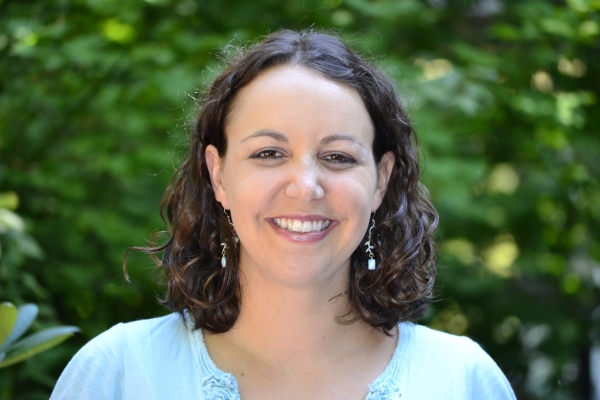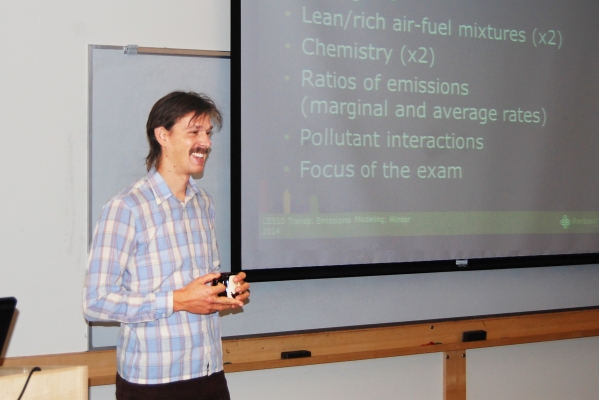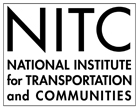Building upon a body of work on electric vehicle adoption funded by the National Institute for Transportation and Communities (NITC), a U.S DOT funded university transportation center, University of Utah researchers Xiaoyue Cathy Liu and Nikola Markovic will assist the Utah Transit Authority (UTA) in designing a dynamic service with zero-emission transit vehicles to enhance service equity and efficiency for a vulnerable population. Dr. Liu's earlier NITC work has helped transit agencies transition their fleets to battery electric buses, improving air quality with an eye toward environmental justice.
The UTA has received a new grant from the Federal Transit Administration (FTA) "Areas of Persistent Poverty" program, aimed at creating better transit for residents who have limited or no transportation options. Liu and Markovic are partnering with UTA to improve its paratransit service, which uses gas-powered vehicles and requires passengers to call 24 hours in advance. Working with Andy Hong in UU's Department of City...
Read more







